What does a moth look like on a currant and how to deal with it?
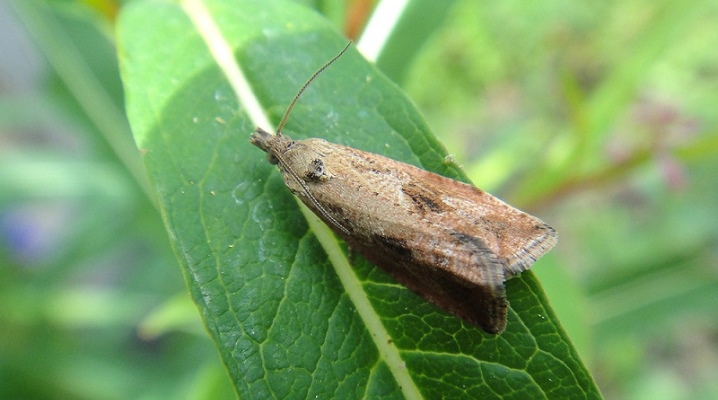
Firefly is considered a dangerous enemy of berry bushes, and currants especially suffer from its invasion. When a pest appears, you need to start fighting it as soon as possible, and as a preventive measure, you should regularly carry out simple agrotechnical measures.
Description of the pest
Firefly is a species of moth and is a gray-brown winged insect with a wingspan of up to 3 cm. The insect lays its eggs in the buds, flowers and ovaries of red and black currants. One individual is capable of producing up to 200 oval white eggs up to 1 mm in size. A week later, offspring appear in the form of small yellow-white caterpillars with a black head. The larvae have 16 legs and are 3 mm long. Caterpillars develop very actively: in a couple of weeks they become quite well-fed and grow up to 11 mm.
Their color changes to light green, dark stripes appear, the head remains black, and a brown shield appears on the chest.
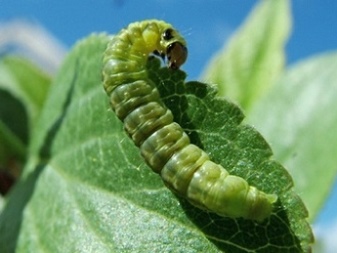
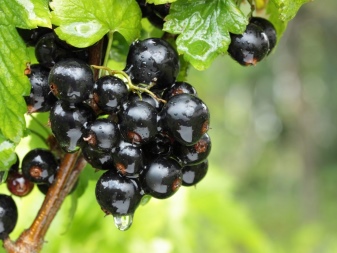
A month later, numerous offspring descend along the cobweb woven by them from the currant bush and go into the ground. Further, the pupation process takes place, thanks to which the insects safely wait out the winter. Pupae are 9 mm long, colored brown, and have 8 curved spines on the cremaster. Insects overwinter in the upper soil layers of the trunk circle at a depth of no more than 7 cm.
In the spring, the pupae turn into butterflies and fly out into the wild. The flight of fireflies reaches a special mass in the second half of May, and the greatest activity is noted in the twilight evening hours. The appearance of flying individuals occurs at the time of blooming of early varieties and lasts about 30 days. Later varieties of currants are harder than early ones, since by their flowering all pupae already turn into butterflies and massively attack the bushes.
Butterflies quickly grow up to 1.5 cm and acquire short filiform whiskers and two pairs of wings - front and rear. The forewings are painted in a nondescript gray color with a barely noticeable brownish tint. The hind ones are lighter, with a border in the form of a dark fringe. The fireball's head is covered with scales, and a small forehead has a slightly convex shape. In adults, signs of sexual dimorphism are clearly expressed, which makes it easy to distinguish the female from the male: the female has a small but well-visible ovipositor.
1-2 weeks after its emergence, the firefly begins mating and soon begins to lay eggs, continuing the reproduction cycle of the population. Eggs are laid directly on the currant flowers and occasionally on the back of the leaves.
It is characteristic that the female strives to lay each egg separately from the other, which significantly increases the probability of the offspring's survival and complicates the processing of the bush.
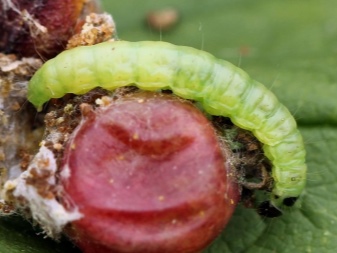
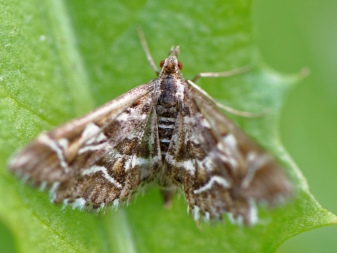
Why is it dangerous?
In addition to black and red currants, the fire strikes gooseberries and, occasionally, raspberries. If effective measures are not taken in time, then the pest is able to eat almost all the fruits.... So, during periods of a population explosion, insects can destroy up to 90% of the crop, causing irreparable damage to farmers. According to experts, one caterpillar can easily eat 10 currant berries and 6 gooseberries, and a small family is able to gnaw a whole bush clean.
Caterpillars very quickly attack plantings and literally devour the berries from the inside, leaving the products of their vital activity in their cavities. Pests entangle currant leaves with thick and sticky cobwebs, penetrate into the fruit and eat away the pulp.
Signs of defeat
The first sign of damage to currant bushes with a fireball is unnatural early reddening of the berries. Outwardly, the fruits look quite healthy, but upon closer inspection, you can find small holes from which thin threads of cobweb stretch. If you do not take urgent measures, the berries will begin to dry out quickly and eventually fall off. At this stage, traces of damage to the currant by the pest are especially noticeable: the shrub stands, entangled in cobwebs with bunches of dried red berries.
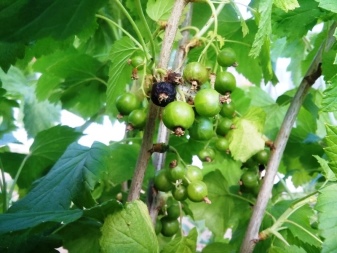

Control methods
You can get rid of the fire in your backyard pretty quickly. The main thing is to recognize the presence of the pest in time and start eliminating it as early as possible. You can remove the fire from the currant using agrotechnical and biological methods, folk remedies and chemicals.
Agrotechnical
Agrotechnical measures can be carried out from early spring to late autumn. As a rule, weakened plants are most affected by pests, therefore, the main task of the gardener is to perform simple actions that prevent the appearance and reproduction of fireflies.
- The land near the bushes in the autumn must be dug up. This is due to the fact that the caterpillars descend from the bushes into the soil for pupation and hide in its upper layer. Digging the soil is performed in a radius of 40-50 cm around each bush and is carried out in October. You should not go deeper than 10 cm deeper, since the root system of the currant is located close to the surface, and there is a risk of damaging it. Once on the surface of the earth, the pupae freeze and die.
- Currants should be spilled regularly... This should be done in the fall, after digging the soil. The base of the bush is well sprinkled with earth, forming a slide 8-10 cm high. In the spring, surviving pupae will not be able to climb to the surface through a thick layer of earth, will not turn into butterflies and will not be able to lay eggs.
- Trunk circles are mulched in early spring after the snow cover has completely melted. A layer of peat or compost about 10 cm thick is placed around the bush within a radius of 40 cm. Mulch will prevent butterflies from leaving the wintering place and will prevent egg laying. Mulch is removed at the end of summer, after all the berries are ripe and harvested. Instead of a mulching layer around the bush, you can put a piece of roofing material, which also will not release butterflies into the wild.
- Annual pruning reduces the risk of fire flames, as too thick currant thickets contribute to the rapid spread of pests... In addition, with regular pruning of the bush, the berries become larger and tastier.
- Obligatory disposal of damaged fruits and leaves allows you to protect the bush from the further spread of pests... The eaten fruits are carefully collected, poured over with boiling water and disposed of.
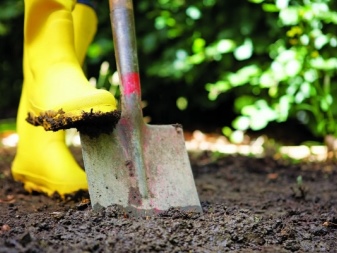

Chemical
It is possible to fight the fire with the help of chemicals in early spring, before the bush blooms, as well as in the summer, after harvest, and in the fall. During the growing season, this cannot be done, since modern pesticides can greatly harm the plant itself and the environment. Before flowering with a strong infestation of fire, you can use an insecticide "Actellik"... Its active substance quickly enters the body of caterpillars, and within two to three hours they die. Well-proven drugs "Fufanon Nova", after processing which the fire dies within a day, and "Inta-Ts-M", killing not only the larvae, but also the laying of eggs.
Before flowering, you can use "Kinmix" or "Iskra M", and then only biological preparations can be used.
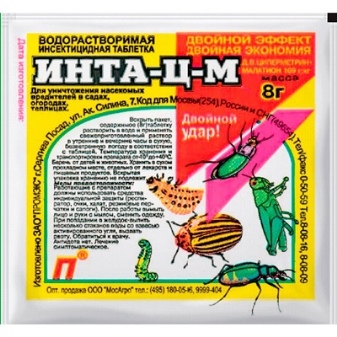
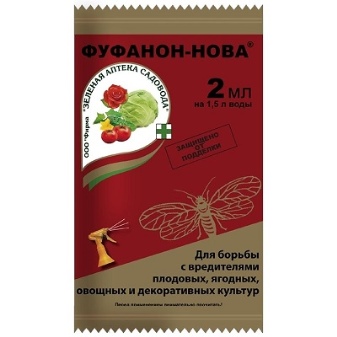
Biological
Modern biopesticides are low-toxic and do not have a negative effect on soil and plants. They do not act as quickly as chemical preparations, but they do not accumulate in the environment and do not cause addiction to the fire. Biological agents do not pose a danger to endophages and bees and can be used throughout the entire growing season. As soon as the currant begins to bloom, it can be processed with such compounds as Fitoverm, Lepidocide or Bitoxibacillin. These drugs are made on the basis of bacteria, their spores and waste products, which is why they do not have a toxic effect on the plant and do not accumulate in fruits.
Spraying with these preparations is performed once a week and ends 5 days before picking berries... After the fruits are harvested, it is recommended to wash them well with warm water. This is due to the fact that most biological products, including "Lepidocid" and "Bitoxibacillin" have an unpleasant specific odor that can be easily washed off with water. Biocompounds have also proven themselves well. Agravertin and Iskra-Bio.
When using biological agents, it should be remembered that a freshly prepared solution must be used within 24 hours, otherwise it will not be possible to achieve the desired effect.

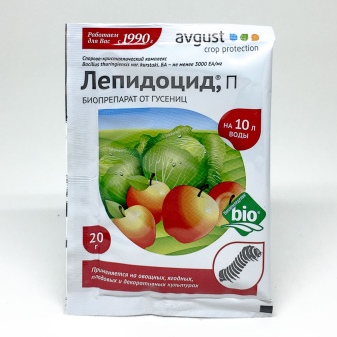
Folk
Preparations for spraying currants, prepared from improvised means, can be used at any stage of the growing season. Folk remedies do not have the same power as chemical preparations, therefore, they are effective only with minor damage to plants. Below are the most popular formulations that can be made even by novice gardeners.
- Ash is a versatile remedy for many pests, including fire flames. It is used both dry and in the form of an infusion. Processing is carried out during the ripening of the fruit. To do this, a 10-liter bucket is 1/3 filled with dry wood ash, topped up to the top with water and removed to infuse in a dark place. After 2-3 days, the infusion is filtered, poured into a spray bottle and the bushes are treated. You can also dust the affected branches with dry ash, after sprinkling them with water from a spray bottle.
- Infusion of pharmacy chamomile apply on the sixth day from the beginning of flowering and prepare as follows: pour boiling water into a 5-liter bucket, put 50 g of chopped dry chamomile and leave for 3 hours. Then the solution is filtered and the processing of the bushes is started. By analogy with ash, dusting with dry chamomile can be carried out. To do this, take its Dalmatian variety - pyrethrum powder - and process the bushes with a sieve. Dusting should be carried out in dry weather at intervals of 6 days.
- Mustard powder used for processing bushes and row spacings during fruit ripening. To prepare the solution, take 50 g of dry mustard, pour 5 liters of boiling water, leave for two days, mix well and spray the plants.
- Coniferous concentrate solution used during flowering at intervals of 6 days. For this, 4 tbsp. l. powder is diluted in 10 liters of water, mixed well and treated with plants.
- For catching butterflies, it is recommended to use light trapsthat you can do yourself. To do this, a cardboard sheet is painted in a bright yellow color, an adhesive is applied to it and installed next to the affected bush.
- Infusion of tobacco or wormwood is prepared as follows: add 200 g of tobacco dust or dry wormwood to a 5-liter bucket of water, leave for 2 days, add another 5 liters of water, add 20 g of liquid laundry soap and spray the bushes.
- Elderberry solution well scares off the fire: 10 g of crushed flowers are poured with a liter of water, insisted for 2 days and sprayed on the affected areas. The branches of elderberry or bitter wormwood, placed in the center of the bush, are great help.

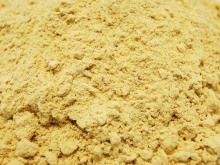
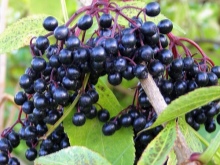
Prevention measures
Tomatoes or mint are planted next to currant bushes as preventive measures to prevent the appearance of a fire in the garden. An equally effective measure will be to attract to the garden the natural enemies of the fire - ground beetles. To do this, the trunks are lined with tar paper or roofing felt - ground beetles are very fond of such places and will certainly populate them. In addition, when planting currants, it is necessary to maintain a distance between the bushes of at least 1 m and remove fallen leaves in time.
In the spring, immediately after the snow melts, you need to add a mixture of 200 g of ash, 1 tbsp. l. ground pepper and the same amount of dry mustard. This composition will quickly penetrate the ground and destroy overwintered pupae.

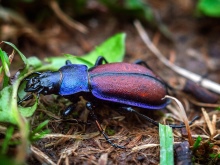
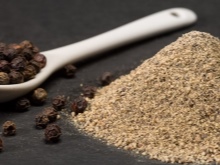













Thank you very much for the article. Today I discovered the first signs of a moth on a white currant. I will definitely use your advice.
The comment was sent successfully.